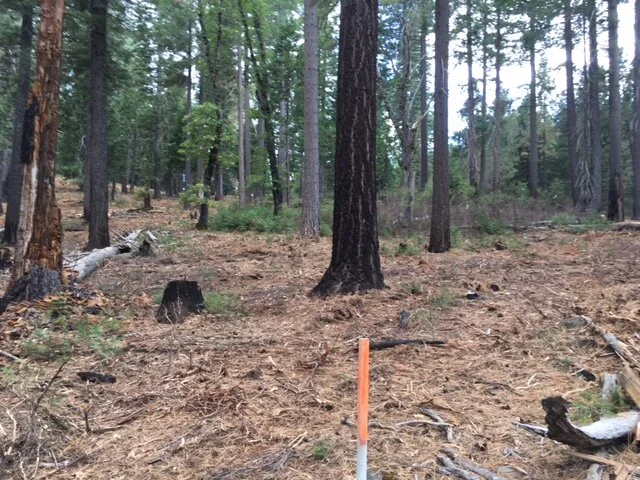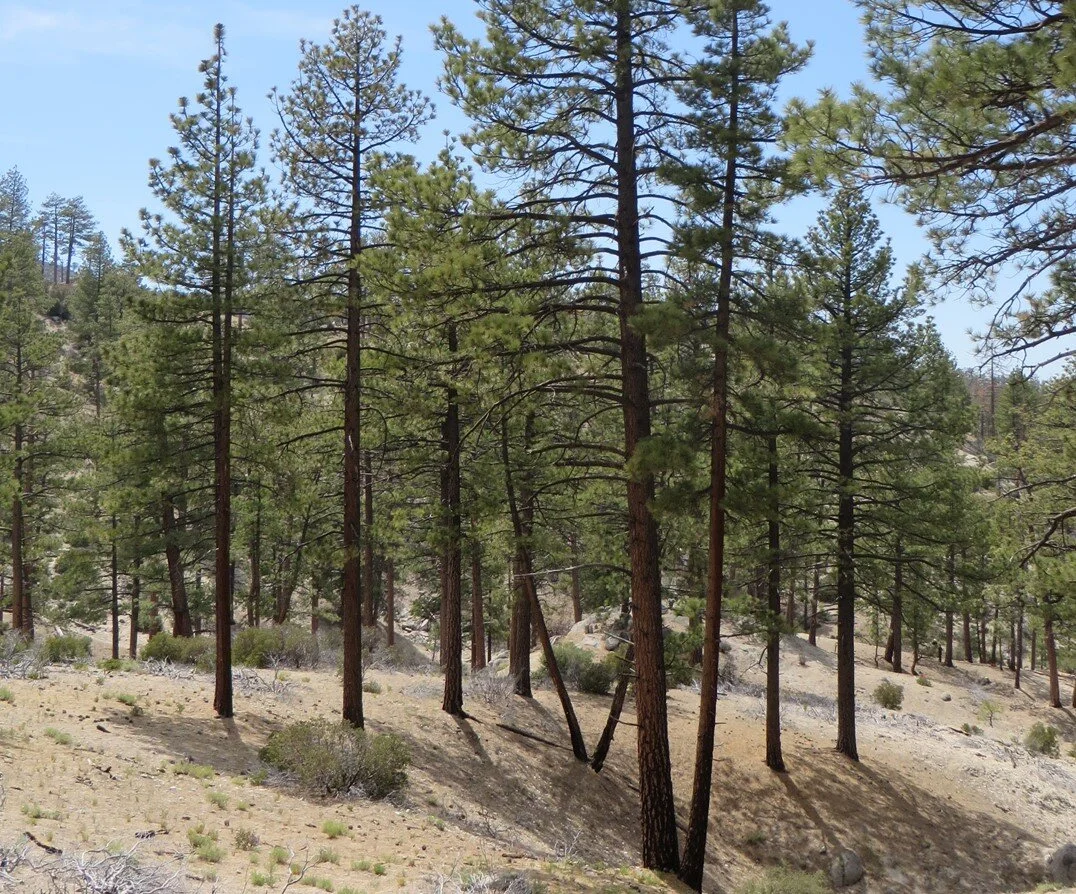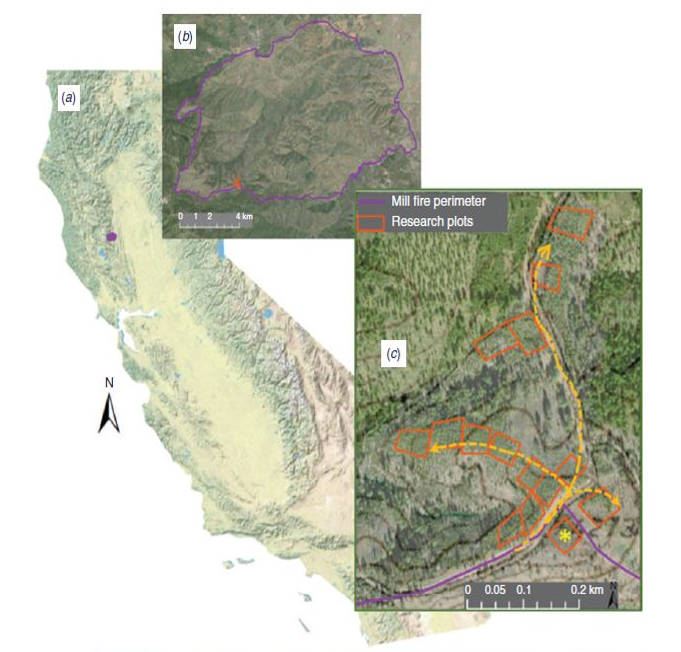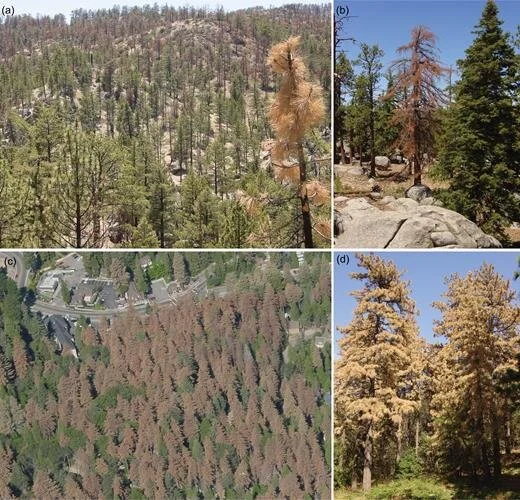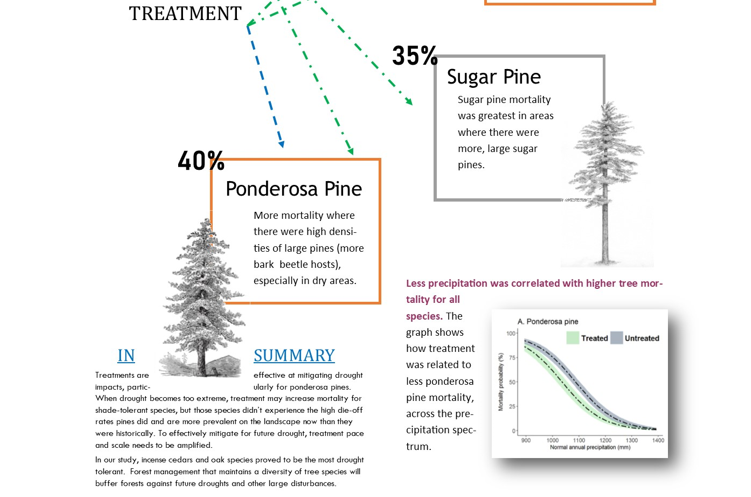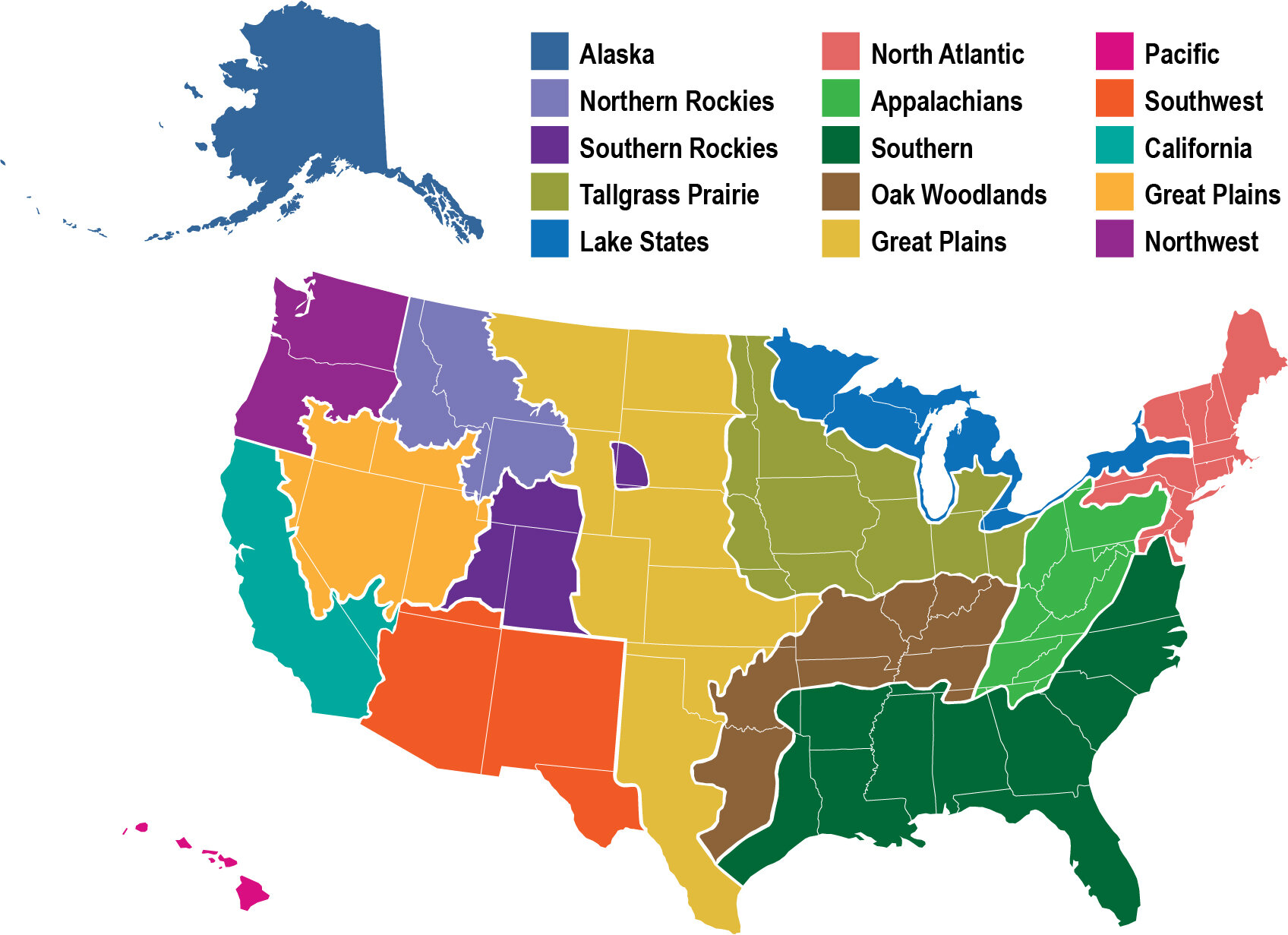Drought and bark beetle induced tree mortality elevates wildfire severity of California’s Sierra Nevada forests: Research Brief
/This article uses field data from two wildfires (the 2015 Rough Fire and 2016 Cedar Fire) that burned in areas of recent severe tree mortality to examine whether and under what conditions the pre-fire tree mortality affected wildfire severity.
Read More

